Do Garden Hoses Come In 20 Foot Lengths
When choosing a new garden hose, there are several things to consider. Take a trip to your local hardware or big box store and you will find numerous kinds of garden hoses sitting on the shelves. The hose that is best for you depends on many factors. What is the size of your yard or area where you will use it? What will you be watering? Where will the hose be stored in the winter? What is your budget?
Before you select the cheapest hose on the shelf, take some measurements and think about how you will use the garden hose. There are six main things you should consider before you choose a garden hose.
1. Hose Length
A typical garden hose comes in 25, 50, 75, and 100-foot lengths. To determine what length you need, measure the distance from your water source to where you will need the hose. The longer the hose, the more it weighs and the more storage space it will take up. For small yards, patios, and balconies, 25 feet should be enough. Larger yards may need 50 feet to reach the farthest corners. If you need to go past 50 feet, consider buying a 50-foot and a 25-foot, or two 50-foot hoses. 100 feet of garden hose full of water is very heavy to lug around. With two shorter lengths, you can connect them when needed and use the shorter hoses for watering close to the house. Longer hoses are also more difficult to fully drain and coil up for storage.
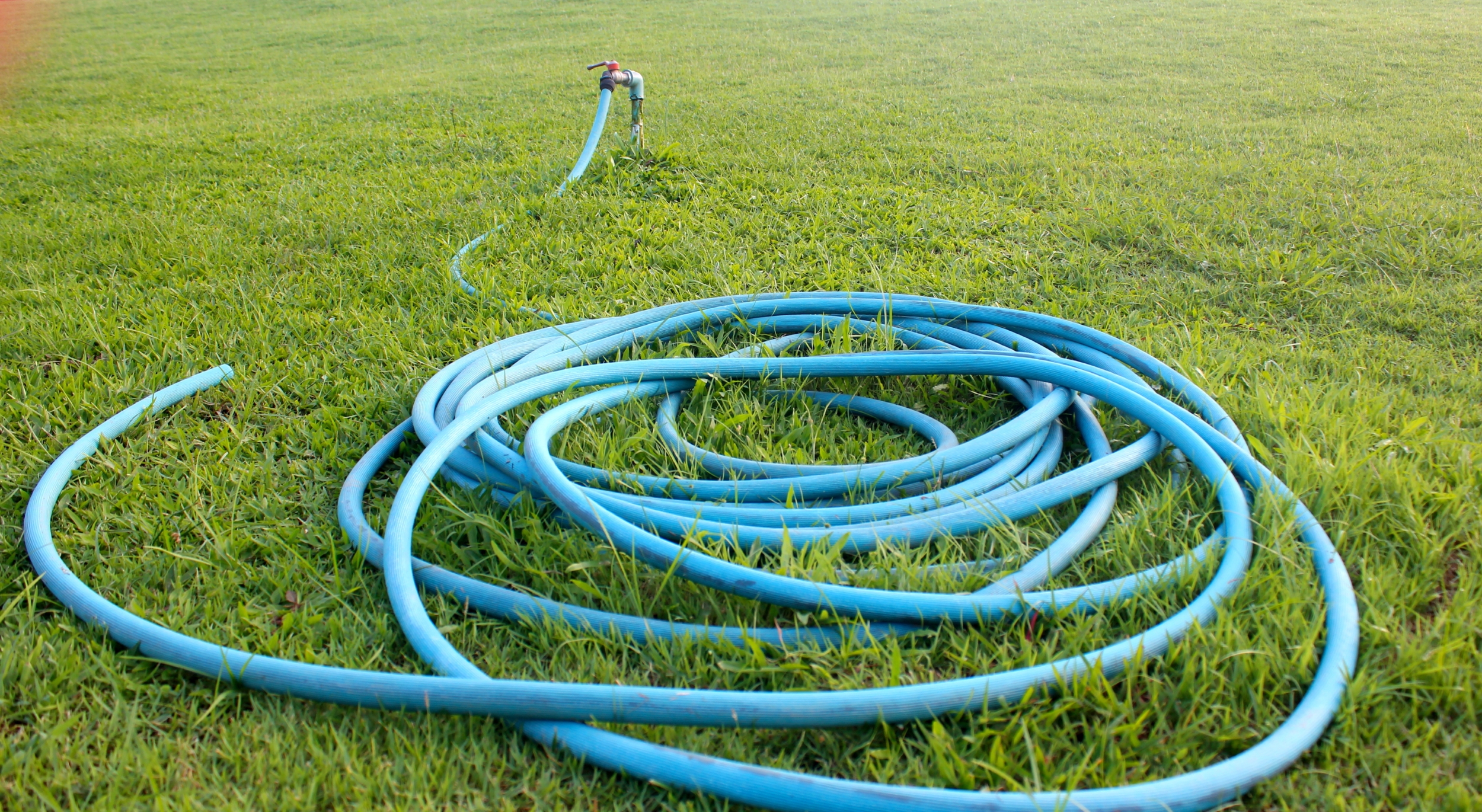
2. Hose Diameter
Just like lengths, garden hoses come in standard diameters. The measurement you see on the packaging represents the inside diameter of the hose. ⅝ inch is the most common and a good diameter for adequate water flow and pressure. Garden hoses also come in ½ and ¾-inch diameters. The larger the diameter, the more water the hose can hold. ½ and ¾-inch diameter hoses are best for light tasks such as watering hanging baskets and small gardens. A ⅝ inch hose is needed for any job that requires high water pressure such as sprinklers, pressure washers, or just washing your car.
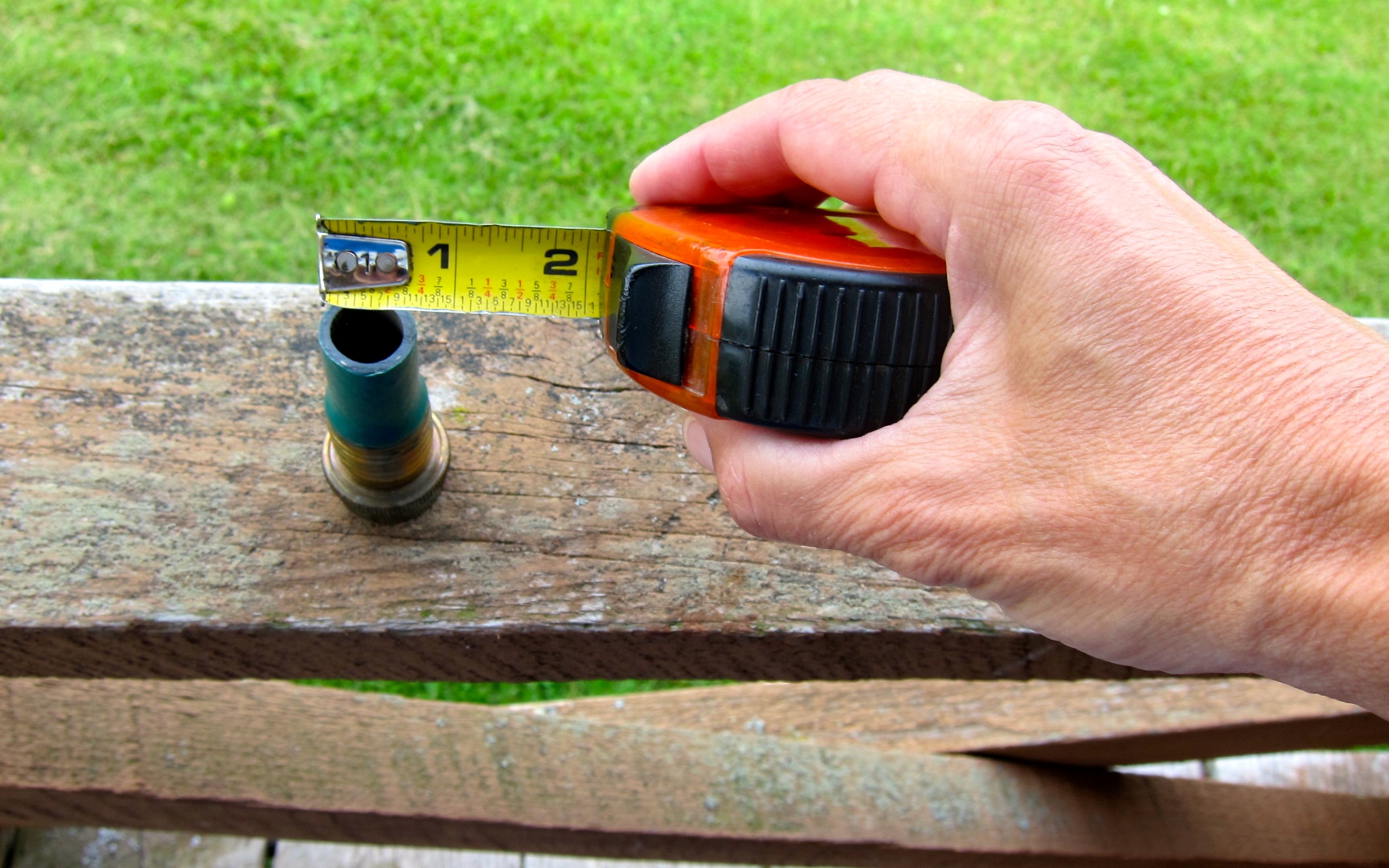
3. Material and Budget
With all the garden hoses on the shelf looking pretty much the same, you might be tempted to go with the cheapest price tag. It's a garden hose, after all, it just needs to spray out water. Unfortunately, not all garden hoses are created equal.
Vinyl Hoses
Single layer vinyl hoses are usually the least expensive and lightest. They are also prone to splitting, leaking, and kinking. Vinyl degrades quickly under intense sun. If you have a limited budget and will only be using the garden hose for light duty watering such as hanging and container plants, then a cheap, 25-foot vinyl garden hose might be all you need.
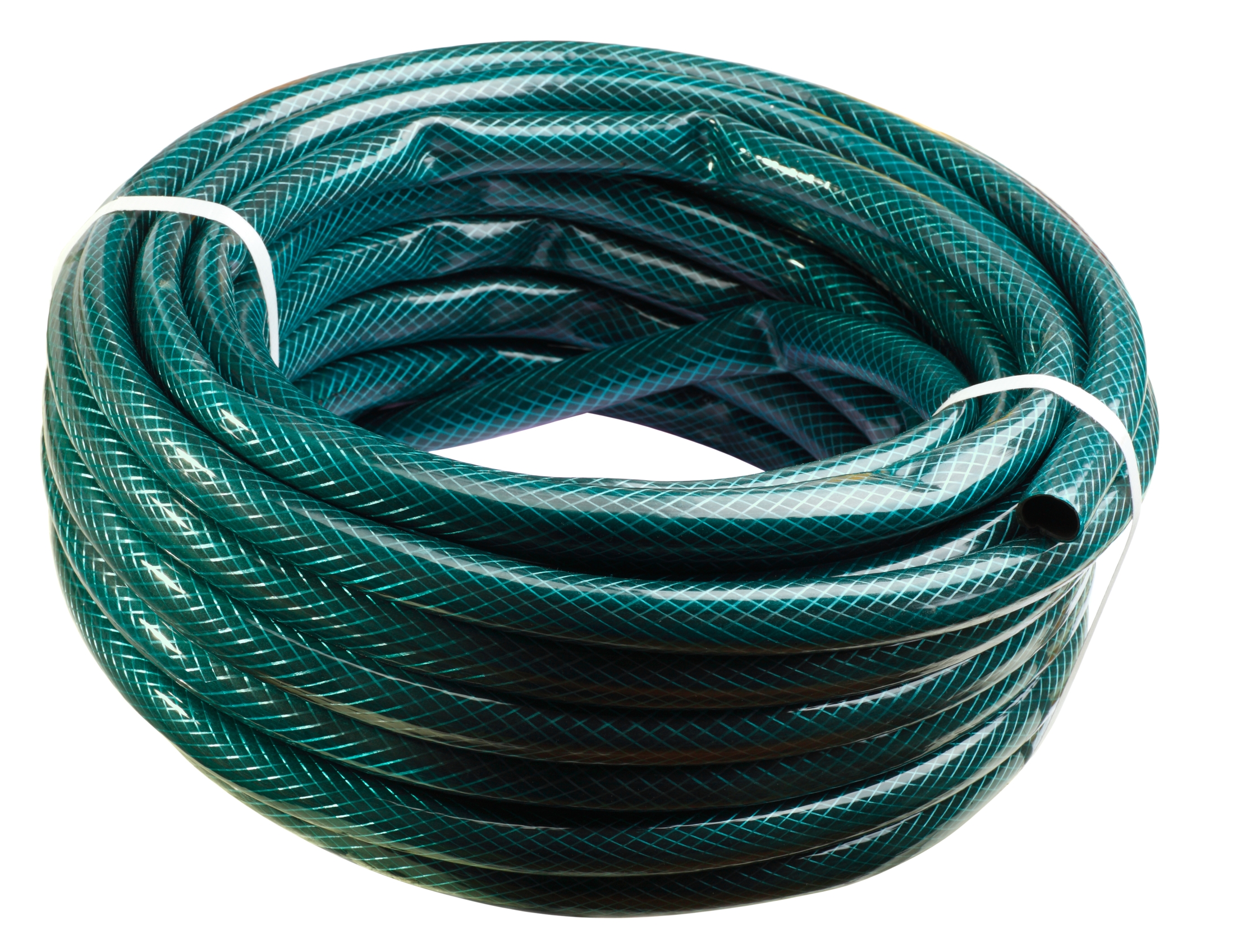
Rubber Hoses
Rubber garden hoses are fairly durable and will last much longer than vinyl hoses. They are also heavier and cost more. For medium duty use, a rubber hose is a better choice. They are usually treated to stand up to the rays of the sun and less likely to kink or leak. When maintained, a rubber hose will last for many years.
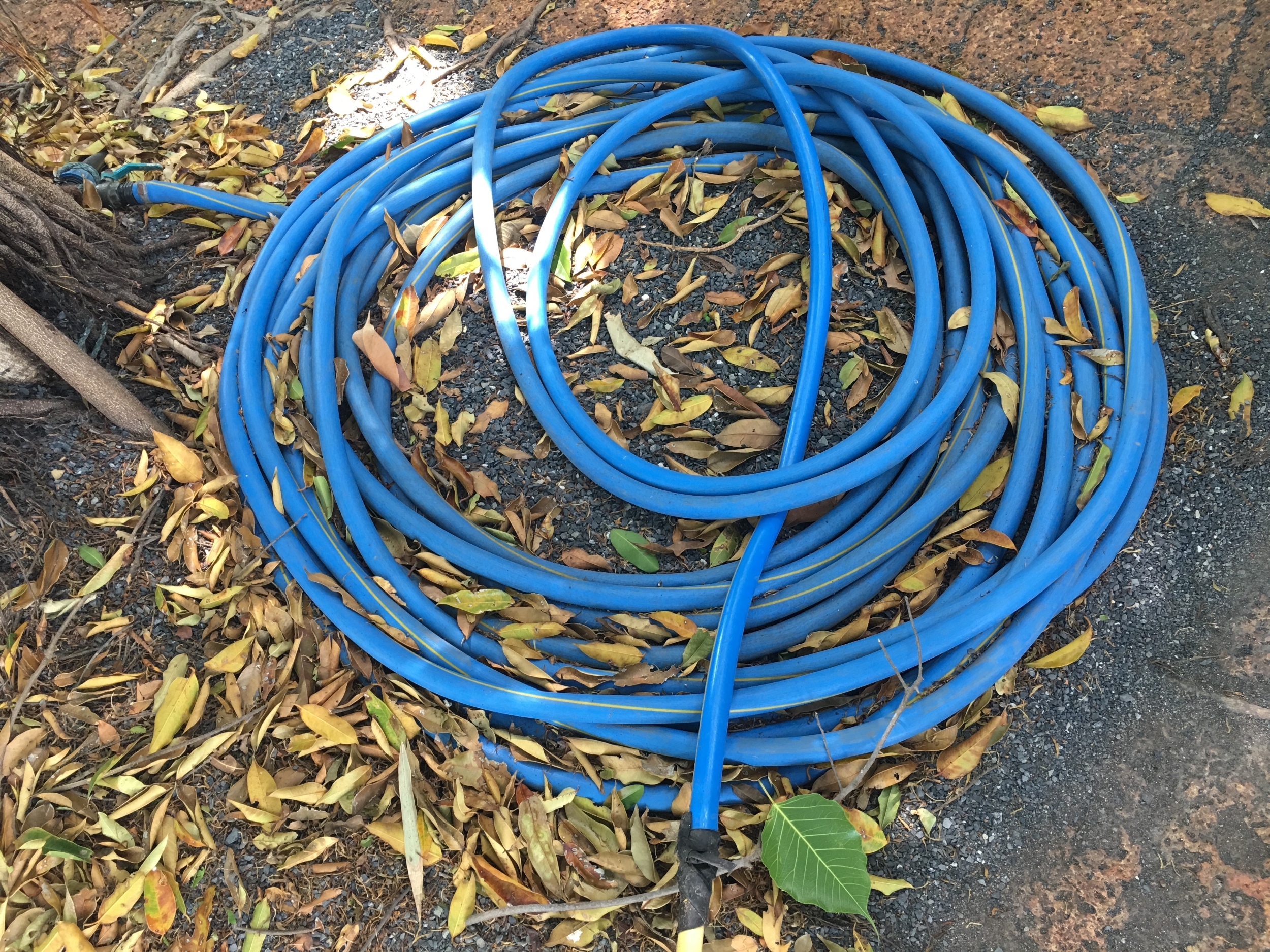
Rubber/Vinyl Hoses
Some manufactures make a combination rubber/vinyl hose. Although it may be a few bucks cheaper, go with the all rubber hose.
Mesh Reinforced Hoses
Reinforced garden hoses are designed for heavy duty use. A layer of mesh is placed between layers of rubber or vinyl to create a very strong hose. These hoses rarely split or kink and can withstand high water pressure. Reinforced hoses carry the highest price tag, but are often backed up by a three, five or 10 year guarantee. If your garden hose is in use 24/7, this is the hose for you.
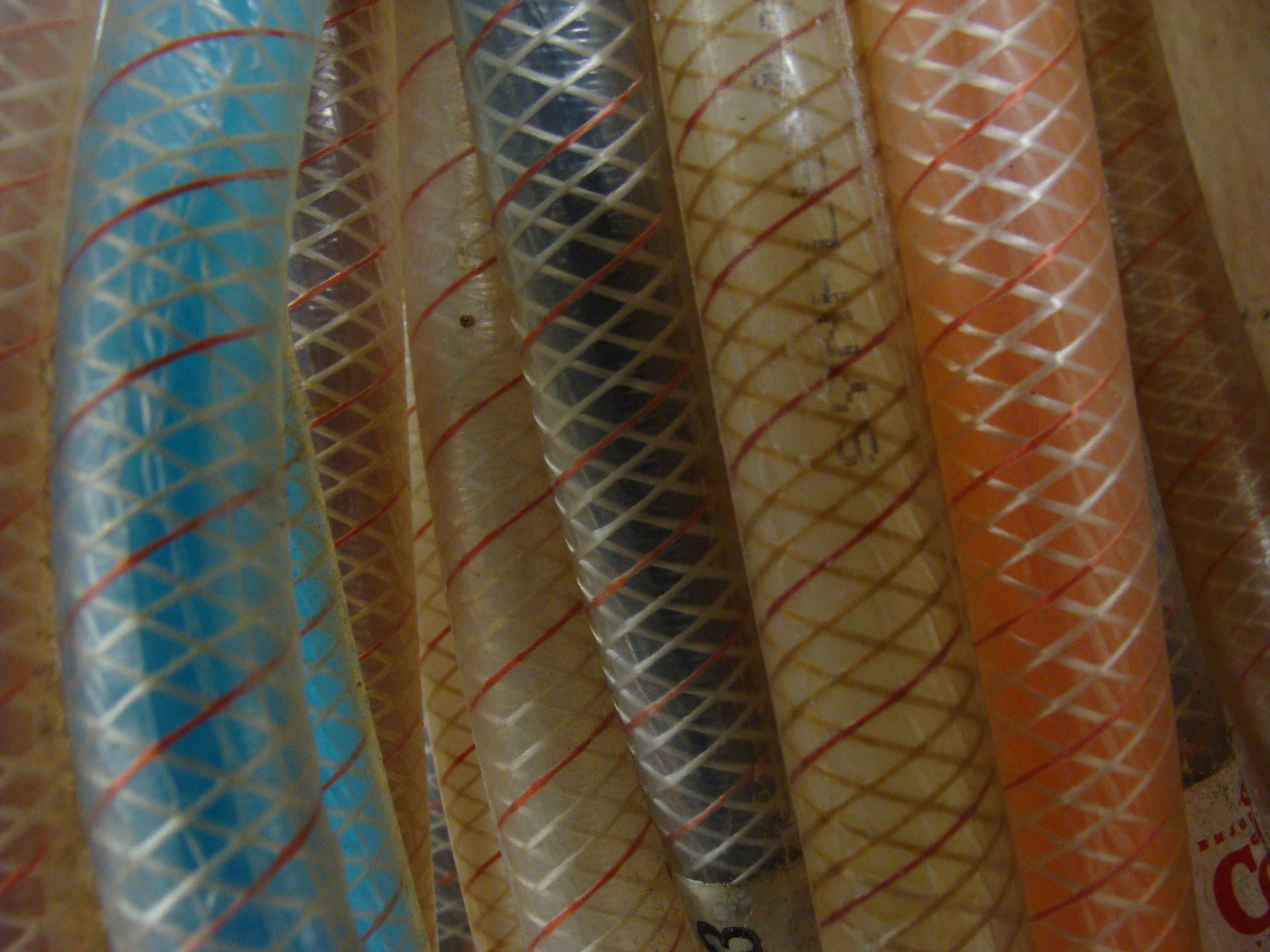
4. Flexibility and Strength
Garden hoses need to be flexible, yet strong. Too much flexibility will result in constant kinks. Before you choose a garden hose, give it the "flex-test." Take the hose in both hands and bend it into a U-shape. If it curves without kinking, it's probably a good hose. An instant kink is the sign of a poor quality hose. Another thing to look for is burst pressure. This is the water pressure that the hose can withstand. The burst pressure should be listed on the packaging. Choose a garden hose with a burst pressure of 350 psi or higher. If being used with a pressure washer, check the user manual for the recommended burst pressure.

5. Couplings or Fittings
The couplings or fittings are the end pieces that attach to a spigot, nozzle, or second hose. Look for solid brass fittings. Brass fittings are the most leak resistant. Avoid plastic fittings as they often leak and break. Make sure the fittings have a rubber washer inside them. A missing washer can cause the fitting to leak.

6. Types of Garden Hose
In addition to size and width, there are many different types of garden hoses.
Standard Hoses
Standard garden hoses, whether lightweight or heavy duty, are made for everyday watering tasks. Both vinyl and rubber hoses have chemicals that leach out into the water. If you are concerned about chemical contamination, look for hoses marked "drinking water safe". These hoses are made from materials that do not emit harmful chemicals.
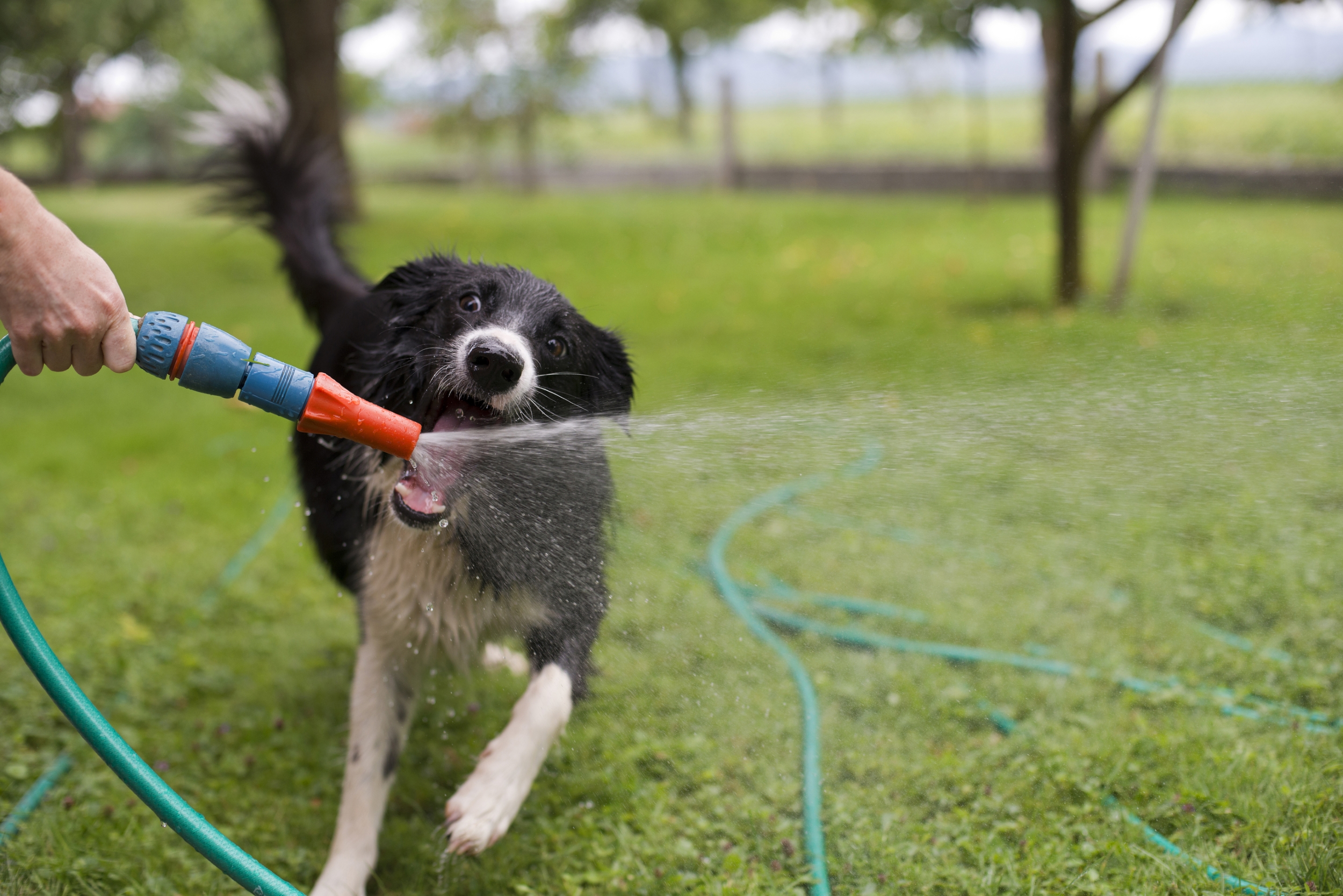
Flat Hoses
Flat hoses sit flat when not full of water. They are lightweight and easy to roll up. They are usually made from vinyl and not very durable. A flat hose has to be totally unrolled before turning on the water. Although easy to store, they are not the best choice for frequent use.
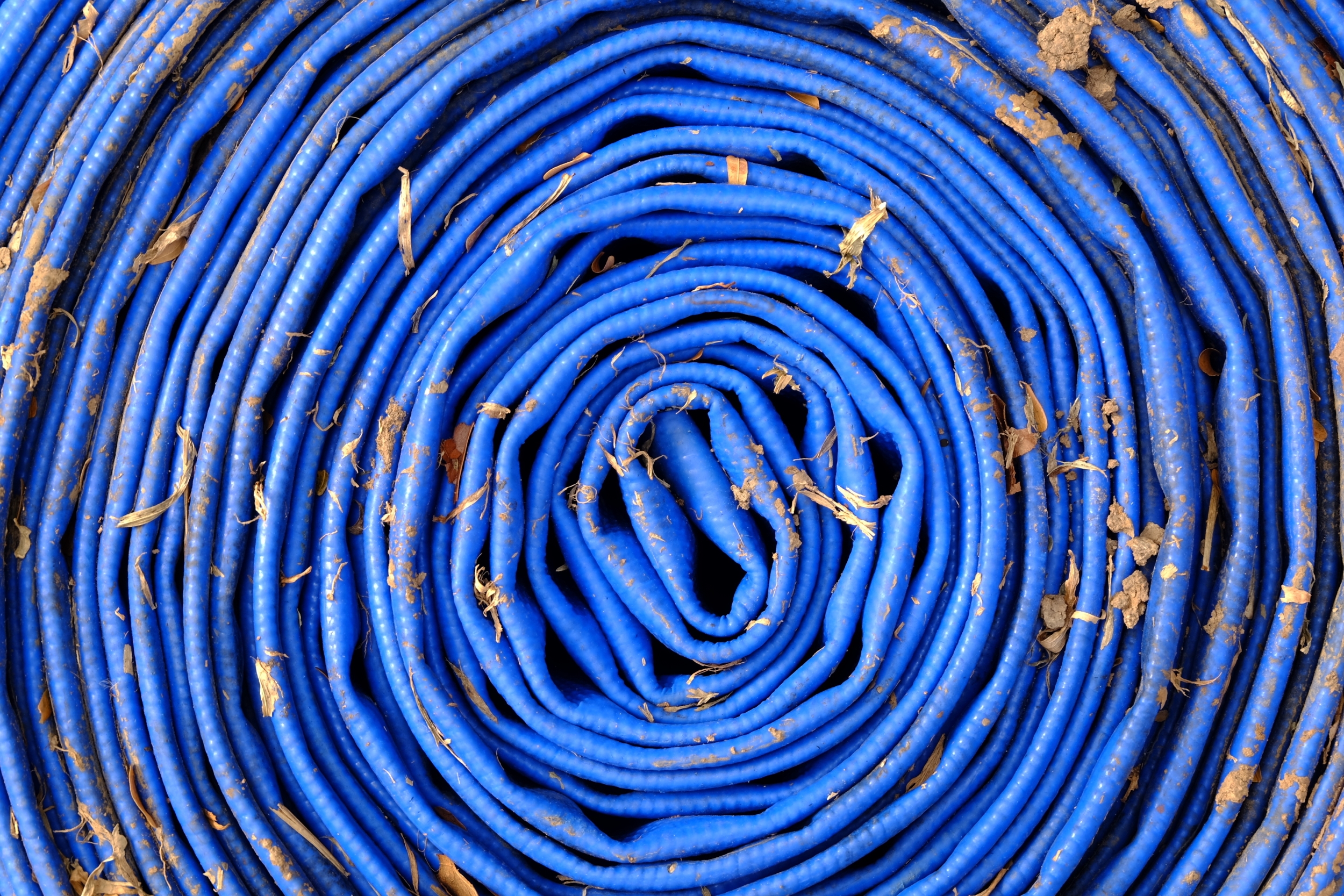
Soaker Hoses
A soaker hose is made for irrigation. The hose is made of a porous material that slowly drips water into the surrounding soil. These hoses are usually used in gardens and around plants that require constant watering. The hoses are staked down and remain in place throughout the growing season.

Expandable Hoses
Expandable hoses are scrunched up hoses that expand as they fill with water. They are made from nylon and latex, are very lightweight, and take up very little space when empty. Expandable hoses are made for light watering tasks. Because the material is so lightweight, it is prone to rips and leaks. There are both cheap and not so cheap expandable hoses, but neither is made to last for very long. There are many complaints of the hoses not scrunching back up after the water has drained. Expandable hoses are not a good choice for the serious gardener.
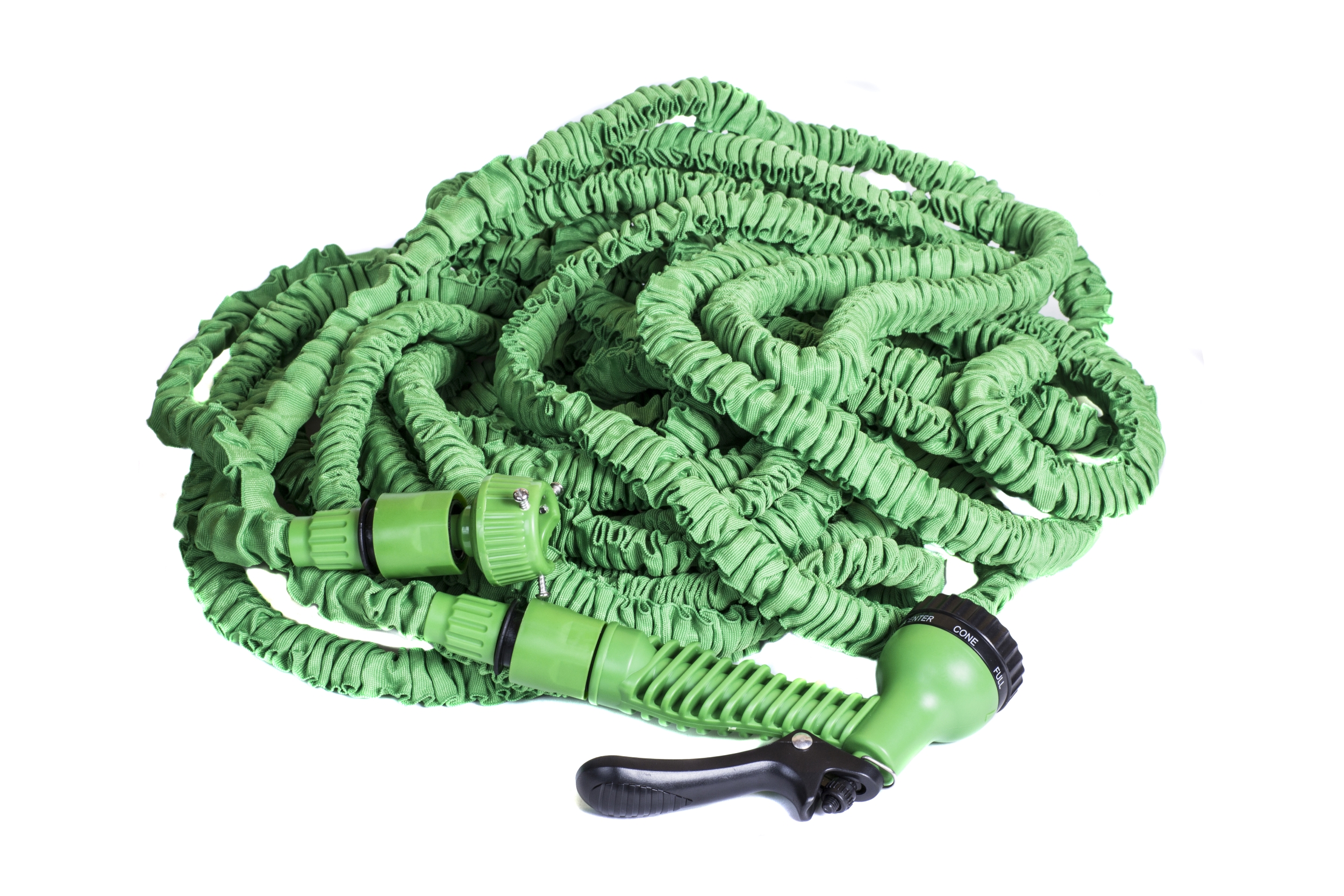
Coiled Hoses
A coiled hose is a small, lightweight hose that has been permanently coiled. These hoses are commonly used for hand watering hanging plants. They can be wall mounted and uncoil when needed to reach the plants. They have very low water flow compared to regular hoses. Coil hoses don't take up much space, but they tangle easily and are not very durable. They are best for patios and balconies.
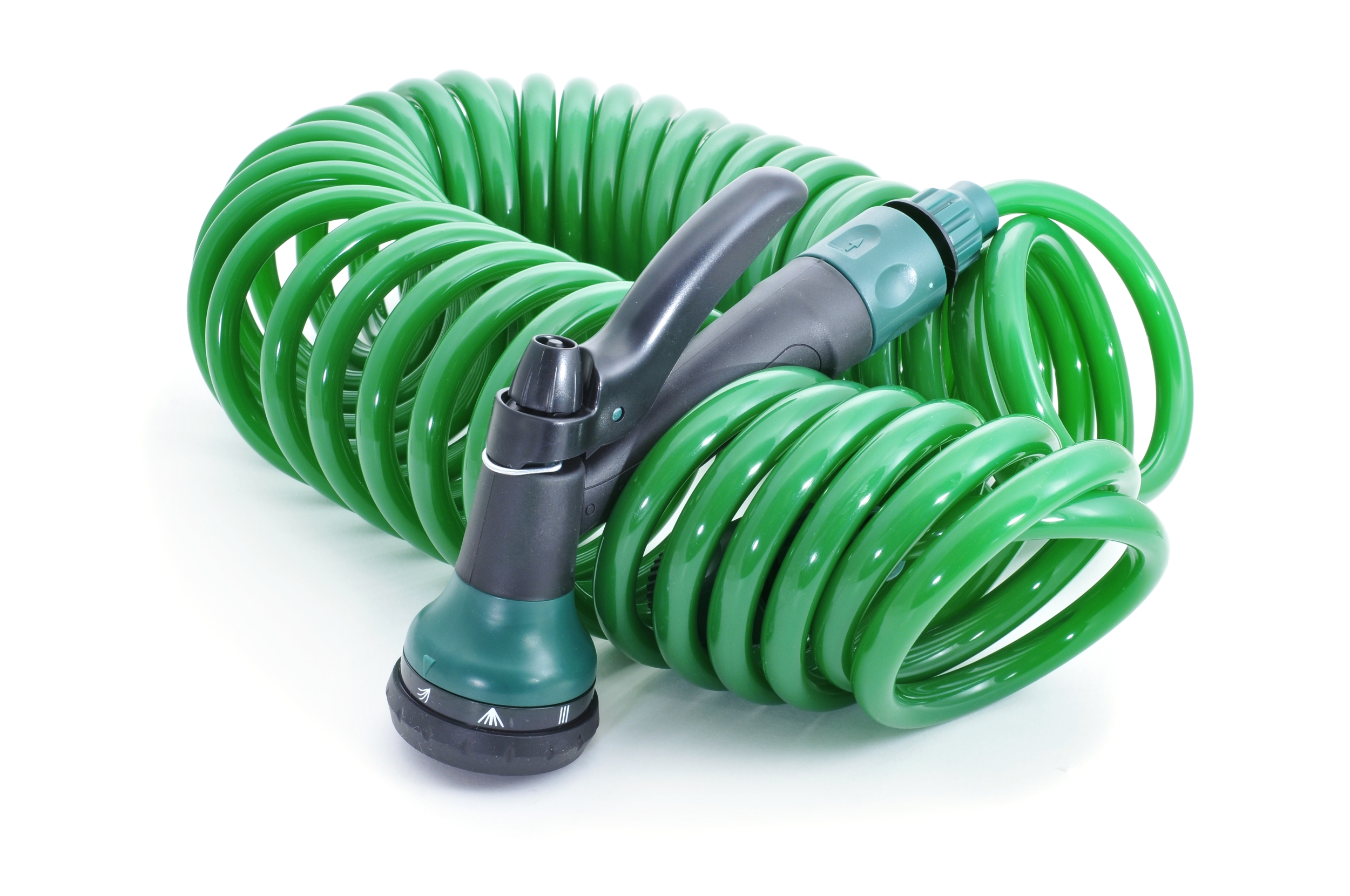
Whether washing the car, watering the garden, or setting up a slip and slide in the back yard for the kids, a garden hose is a great tool that makes these tasks easy and fun. Selecting the correct hose for your needs can save you time and money as a hose that is too small, too long, or just not the right hose for the job will mean another trip to the hardware store to buy the right hose. As you stand there looking at all the hoses on the shelf, arm yourself with your newfound knowledge of garden hoses and choose the hose that works best for you.

Images used with permission, courtesy of Teri Olcott, Bearerofthecup, www.shutterstock.com, and www.dreamstime.com
Do Garden Hoses Come In 20 Foot Lengths
Source: https://housetipster.com/housetips/962/everything-you-need-to-know-to-choose-the-right-garden-hose
Posted by: jonesvoill2001.blogspot.com

0 Response to "Do Garden Hoses Come In 20 Foot Lengths"
Post a Comment